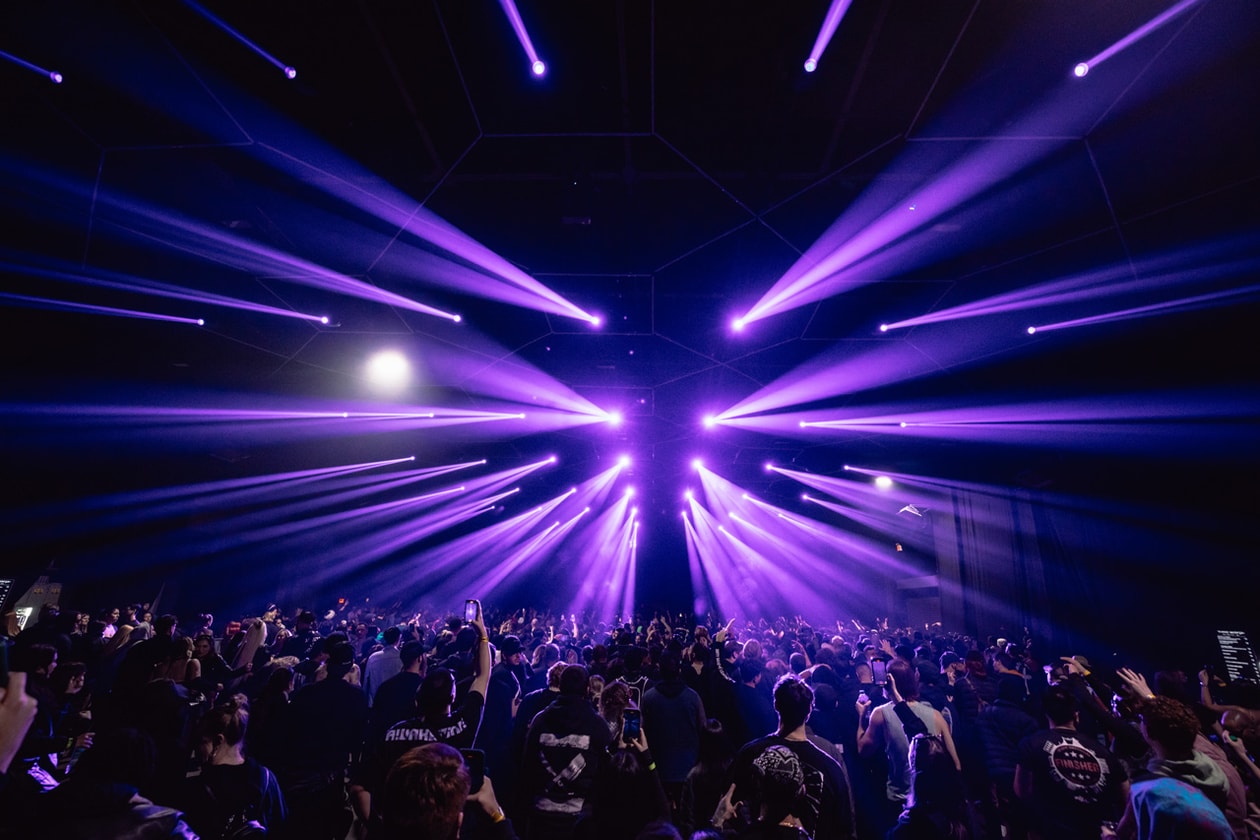Time Warp Is Throwing It Back To Technos Heydays
From Detroit to Budapest, every major city has its own style of techno music, but no country embraces the genre quite like Germany. It was this closeness to history, especially the fall of the Berlin Wall in 1989, that prompted West Germans to rejoin the party after years of government repression. Taking into account the ongoing rock boom in Detroit, the Germans created a set of rules for raves - a sterile warehouse, an energetic crowd and, of course, crowd-pleasing DJs.
As a genre that typically falls under the umbrella of electronic music, the definitions of techno and what constitutes a rave have become somewhat blurred over the years. Traveling music festival Time Warp is set to break records by inviting audiences from all over the world to experience “real” German techno. In 1994, Time Warp held their first concert at Walzmühl in Mannheim, Germany, which was once one of the largest factories in Europe. Over the past three decades, Time Warp shows have taken place in major cities around the world and have featured renowned artists such as Richie Houghton, Laurent Garnier and Sven Väth.
Time Warp heads to New York City this weekend for two nights of non-stop madness in Brooklyn in partnership with TechSupport. In a new interview, Time Warp USA founder Robin Ebinger and Techsport founder Rob Thoma talk about what makes the New York event and what defines a true "German rave" through the evolution of techno over the years.
Time Warp describes itself as a "true German rave experience". What does this mean in terms of the actual experience of participation? What can participants expect from An Evening with a Time Warp?
Ebinger: People and the media often claim that the original Time Warp Festival is the most famous techno festival in the world - a true rave that embraces the true cultural spirit. From my point of view, what sets Time Warp apart is our visceral connection with the dance floor and our intimate connection with the stage and artists.
We approach each performance with nervous excitement, allowing our love and dedication to the music to shine through. We also pay close attention to the details of the dance floors. This means we're trying to light up the whole room instead of having lights and video on stage. We are talking about a symbiosis of light, video and sound. Visiting Time Warp isn't just about enjoying great music, it's about being part of a cultural phenomenon.
As an event with German roots but traveling around the world, how can you bring your expertise to a specific city and its tech culture?
Ebinger: Designing temporary experiences for different cities and their different technological cultures requires a careful and flexible approach. It is equally important to choose local partners. For example, the Teksupport team in New York became good friends.
The last festival was held at the Brooklyn Navy Yard. Aesthetically, what are you trying to create with time warp? Can you help me decide on a venue and artist list?
TM: In Mannheim and some other versions of the time warp there are often five stages, but in the US it is difficult to find venues with a large capacity for this. Teksupport has always worked in the Brooklyn Navy Yard, but we got the space there specifically because we were able to tunnel through and activate two adjacent buildings to create a two-story space.
This year we found a balance between pure techno in one room and more house and techno in the other. Not only did we want pure techno music to be played in both venues, but we also wanted to tone down the techno house vibe and diversify the program to include more house and techno favorites.
Ebinger: Site selection adds another layer of complexity. This must be a place where our production vision can be realized.
Meanwhile, the collection is a collaboration designed to showcase Time Warp's signature talent and local market preferences. This process requires us to identify international artists who resonate with audiences, as well as provide a platform for new and established local talent.
You've already talked about wanting to "close" time warp events. Given that an event can attract 20,000 people, how do you develop this feeling?
Thoma: Many festivals and large events focus primarily on stage design, and our productions cover the entire spectrum of venues. We create a 360-degree experience that doesn't focus on just one stage. We also designed an audio system that plays music at low volumes and distributes the volume evenly across a wide range of speakers.





